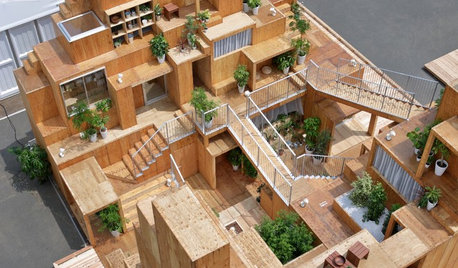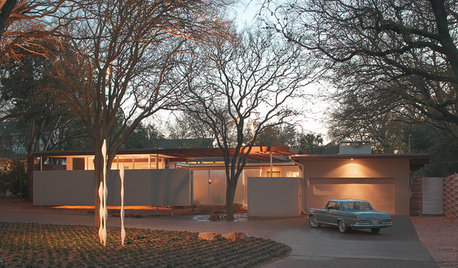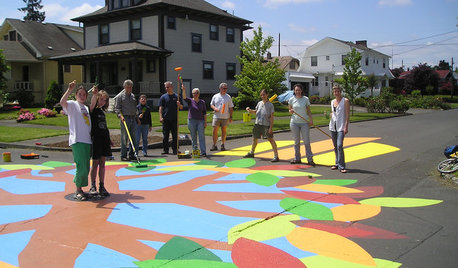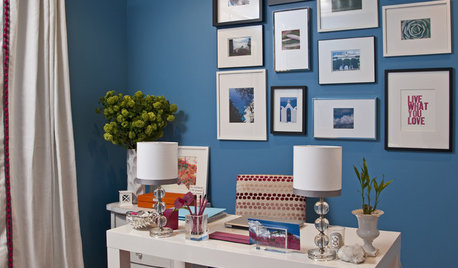Anyone have experience with terracing?
lovelycherry
17 years ago
Related Stories

ARCHITECTUREWorld of Design: A Tokyo Exhibit Experiments With the Future of ‘Home’
Japan’s architects and housing industry explore new ideas for dwellings that respond to changes in society, tech and the natural world
Full Story
LANDSCAPE DESIGNArt Brings a New Experience to Modern Home Exteriors
Sculptures and paintings on a home's exterior can create impact and interest before anyone even steps inside
Full Story
CLOSETSThe Cure for Houzz Envy: Closet Touches Anyone Can Do
These easy and inexpensive moves for more space and better organization are right in fashion
Full Story
COMMUNITYCommunity Building Just About Anyone Can Do
Strengthen neighborhoods and pride of place by setting up more public spaces — even small, temporary ones can make a big difference
Full Story
KITCHEN DESIGN6 Clever Kitchen Storage Ideas Anyone Can Use
No pantry, small kitchen, cabinet shortage ... whatever your storage or organizing dilemma, one of these ideas can help
Full Story
HOME OFFICESThe Cure for Houzz Envy: Home Office Touches Anyone Can Do
Borrow these modest design moves to make your workspace more inviting, organized and personal
Full Story
DECORATING GUIDESThe Cure for Houzz Envy: Guest Room Touches Anyone Can Do
Make overnight guests feel comfy and cozy with small, inexpensive niceties
Full Story
BUDGET DECORATINGThe Cure for Houzz Envy: Living Room Touches Anyone Can Do
Spiff up your living room with very little effort or expense, using ideas borrowed from covetable ones
Full Story
DECORATING GUIDES7 Bedroom Styling Tricks Anyone Can Do
Short on time or money? You can spruce up your bedroom quickly and easily with these tips
Full Story
LAUNDRY ROOMSThe Cure for Houzz Envy: Laundry Room Touches Anyone Can Do
Make fluffing and folding more enjoyable by borrowing these ideas from beautifully designed laundry rooms
Full Story





bob64
pls8xx
Related Professionals
Comstock Park Landscape Architects & Landscape Designers · Erie Landscape Architects & Landscape Designers · Manorville Landscape Architects & Landscape Designers · Oconomowoc Landscape Architects & Landscape Designers · Redondo Beach Landscape Architects & Landscape Designers · Amesbury Landscape Contractors · Arden-Arcade Landscape Contractors · Bowie Landscape Contractors · Del Aire Landscape Contractors · Ellicott City Landscape Contractors · Forest Hills Landscape Contractors · Framingham Landscape Contractors · Huntington Landscape Contractors · Nanuet Landscape Contractors · Westford Landscape Contractorsfouquieria
bob64
batyabeth
lovelycherryOriginal Author
batyabeth
lovelycherryOriginal Author
bob64
trog